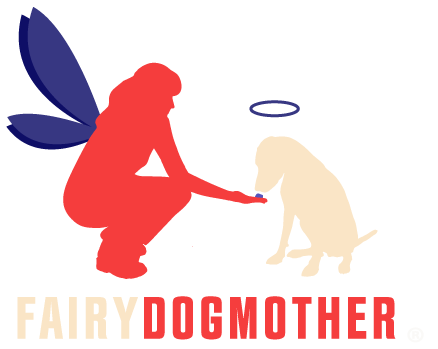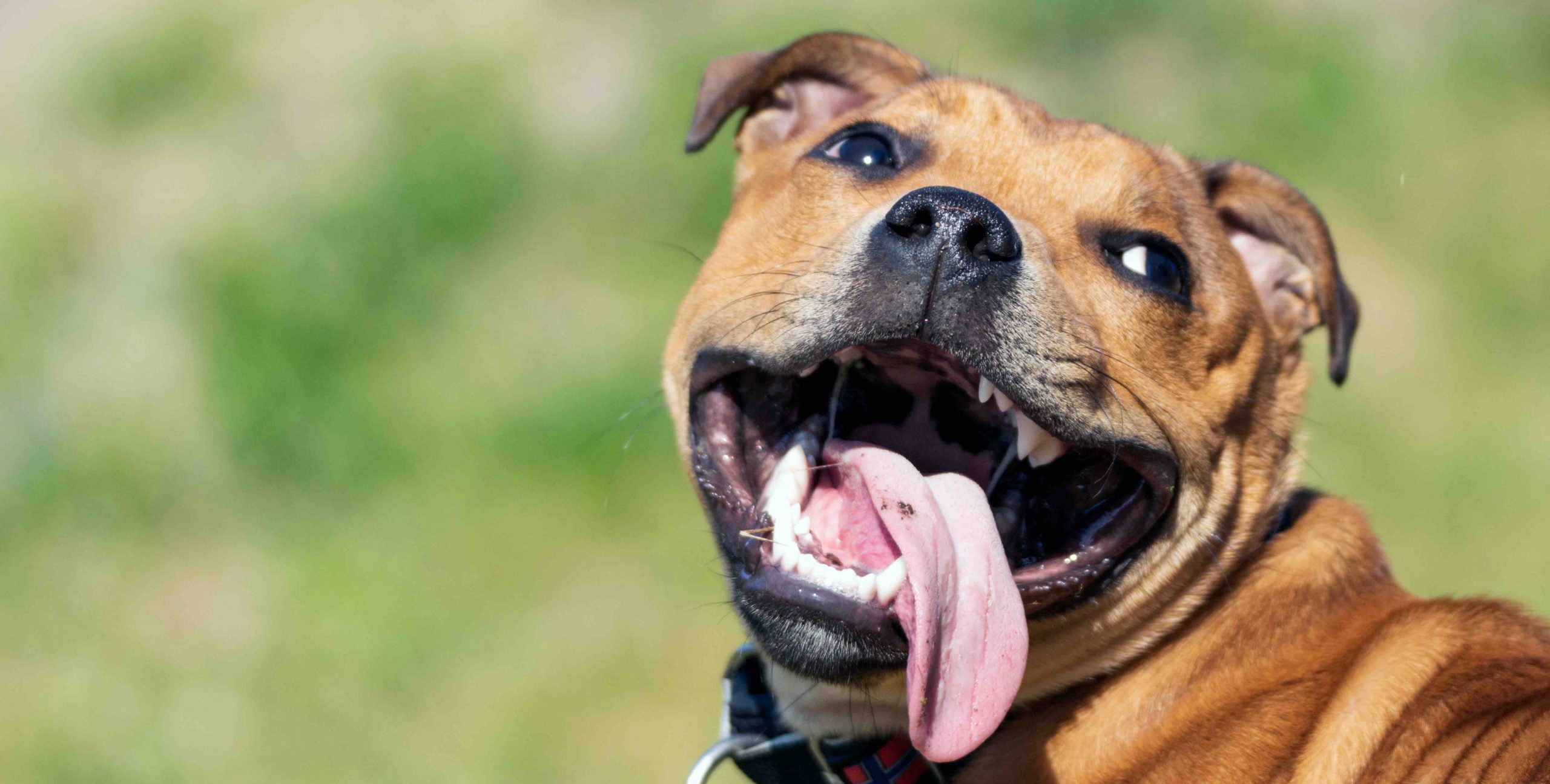In England we are renowned for moaning; either it’s too cold, it’s too wet or it’s too hot, some people are never happier than when they have something to whinge about and the weather is one of those things. Whilst summer seems to have vanished again it is still worth making sure you know what to do when it comes back.
Hot sunny days though are unfortunately few and far between in the UK but we humans can generally control our body temperature quite easily; we wear less clothes, we have air conditioning in offices, we can have a dip in a pool if we are lucky enough to have access to one. We also have simple things like ice in our drinks, cold beer, sun block, sun hats and fans to keep us cool. We have plenty of ways to stay cool on those glorious days when the temperature rises. Our dogs, however, have none of those things available unless owners think carefully and responsibly and act quickly to help our poor dogs cool off. Obviously, no beer for our dogs it’s water all the way!
Also, as animals go, we are also pretty good at reducing our body temperature because we can sweat from pores over our entire body except on our nails, ears and lips and that is a big surface area to utilise for heat reduction.
Dogs, however, can only sweat through their paws and lose heat through panting. They obviously can’t take their coat off to cool themselves down and some breeds have coats especially designed for living in freezing cold climates so they can very quickly become uncomfortably hot. Anyone who owns a Husky, a Newfoundland or a Leonberger will be used to finding their dog asleep on the cold kitchen floor or next to a door with a draught coming from underneath even in normal UK temperatures.
Brachycephalic (flat-faced) dogs such as Pugs and Bulldogs often have breathing difficulties anyway and they really struggle as temperatures rise. So if your dog snuffles or snores then hot weather can make breathing particularly difficult for them as they are unable to cool themselves down through panting as efficiently as other breeds.
We know we can sometimes become irritable when we are too hot and the same applies to our dogs. If we aren’t feeling well or we feel uncomfortably hot our behaviour changes. In fact, the relationship between temperature and violence has been studied; one study looking at regions in the US found that violent crime rates were 35 percent higher in the summertime. Another study looking at assaults in New Zealand concluded that for every 1° C of rise in temperature there is approximately a 1.5 percent rise in the number of assaults. The studies may suggest that an increased in temperature results in discomfort and irritability which lowers the threshold for violence.
That goes for dogs too, in Beijing there was a study showing that there is a strong relationship between higher temperatures and people reporting to hospital for dog bites while researchers at the State University of New York found that the incidence of dog-bite injuries to children hit a peak in the summer months. Possibly because dogs tend to be more irritable in hot temperatures, but it may also be influenced by the fact that children are outdoors more in good weather.
Dogs aren’t able to say to us “hey I’m hot and fed up and I really don’t feel great” so as a dog owner we have a responsibility to have some understanding of our own dogs body language so we know if our pooch is feeling uncomfortable or cranky in the hot weather.
A hot dog who is uncomfortable will show signs that they aren’t feeling well; they are likely to become less active, less playful and they may eat less or seek out a quiet cool place to be on their own.
Just as us humans get tetchy and easily annoyed when the temperature rises some dogs may actively avoid being cuddled or touched and even become snappy around some people when they’re feeling hot and bothered and they just want to be left alone. With my Happy Dog Project, I work with dogs with all kinds of fear and anxiety related behaviours including separation anxiety and reactivity. One of the things I ask of my clients is to become their dog’s expert. They don’t have to be an expert in behaviour that’s my job, but they do need to be an expert in their own dog’s body language and communication so they can recognise the early signs of stress, fear and anxiety.
Understanding the more subtle communication our dogs give us really helps our dogs by giving us an indication that they are becoming stressed so we can prevent it from escalating. Watching out for things called displacement behaviours; these are normal behaviours displayed out of context which indicates conflict and anxiety. Basically the dog wants to do something, but he is suppressing the urge to do it. He displaces the suppressed behaviour with something else. Common ones are yawning, lip licking, shake offs (wet dog shake), sniffing the ground, licking or chewing body parts, checking his genital area, scratching, picking up things to rag.
A yawn from a sleepy dog is fine, so is a lip lick from a dog who sees you with treats in your hand or a dog who scratches when his harness is removed. You are looking for behaviours that would be perfectly normal in the right context but out of context they can be a sign of anxiety.
So when the weather starts to heat up and levels of discomfort and stickiness rise give your dog a cool quiet place, cold water, something to chew on and leave him alone, keeping children, strangers or other dogs from bothering him until the temperature drops in the evening and tempers are less likely to flare up.
Do’s and don’ts
Never play ball or any game that involves excessive physical exercise with your dog when its hot, heat stroke is an extremely dangerous thing. Instead play search games, slow it down and keep your dog’s brain working searching for their favourite ball or toys in shady parts of the garden or in the house.
Don’t let your dog lie in the hot sun all day especially at the hottest part of the day even if they look like they’re loving it, make sure the go inside and have an opportunity to cool off. Give your dog access to the coolest part of the house or a shady part of the garden and plenty of water.
Walk your dog in the morning or evening when it’s cooler and remember your dog has very sensitive paws so do the hand test or walk outside with bare feet and if you can’t hold the back of your hand or your feet on the ground for more than 10 seconds then it will burn your dog’s feet.
It should go without saying but don’t ever, ever leave a dog in a car on a warm day as it can take just a few minutes to reach a deathly temperature for your dog.


